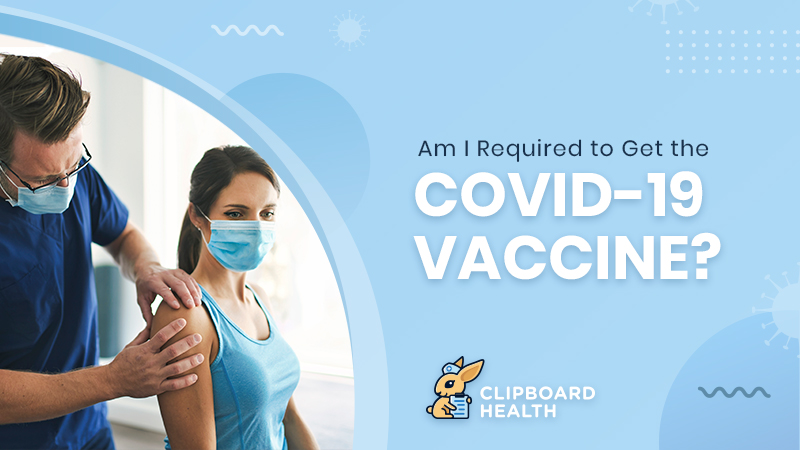
Long before the epidemic, the digital health industry showed potential as a fresh field for citizen science and medical communications. However, for a variety of reasons, the healthcare sector has a reputation for being hesitant to accept new technology.
However, as the pandemic spread, telehealth adoption picked up speed. It became obvious that digital, real-time connections between healthcare organisations and patients were required and feasible in a socially remote environment with channels like mobile push and SMS notifications. These channels made it possible to communicate directly with patients regarding a variety of needs, such as tracking covid-related exposure, remote symptom monitoring, behavioural health interventions, appointment scheduling, and personal health status.
Additionally, the widespread use of telehealth solutions raises the possibility that Americans are more open to utilising new technologies in the healthcare setting. The pandemic has revealed that technology adoption might actually assist address these dangers, however many industry leaders were concerned that it might lead to a more impersonal patient experience or a decline in the quality of care.
Messaging channels are now at the centre of appointment scheduling and patient contact following extensive initiatives to promote vaccine access and awareness.
Telemedicine’s Pre-Epidemic Uses of Push Notifications and SMS
Push notifications have been used to promote flu vaccinations prior to the pandemic using strategies including geotargeting users and rewarding action with loyalty points. A significant amount of research supports the use of mobile platforms in raising vaccination rates at the population level, coming to the conclusion that “such technologies can be utilised to promote and affect healthy behaviours at population scale.”
Text messaging has also been demonstrated to enhance clinical attendance, including primary care and outpatient visits, in numerous studies dating back to 2006. Text messages not only increase the rate of childhood immunisation, but they also make vaccines more accessible to a larger, underprivileged population.
Investigating Messaging Tools’ Effect on COVID-19 Vaccinations
After evaluating the literature on messaging platforms and vaccinations, we sought assistance from the independent online survey company Pollfish to learn more about how messaging platforms affected respondents’ vaccination rates. 1,000 people who planned a COVID-19 vaccination appointment in the US, aged 18 and older, were included in the poll.
We questioned participants about their experience making an appointment for a COVID-19 immunisation. We also inquired about their availability and eligibility for the appointment, reminders they received after making the appointment, and follow-ups.
Education and follow-up after vaccination
Our findings also show how messaging technologies serve as a crucial channel for informing the public, including through the reporting of adverse effects, monitoring of exposure, sending of reminders for upcoming booster shots, and swiftly spreading of information across geographical boundaries. Our research revealed the following:
In order to follow up on their vaccine experiences, 60% of respondents signed up to receive texts or other notifications, such as the services provided by the vaccine website or the CDC’s Vsafe vaccine follow-up.
On their phones, 59% of people have chosen to get push notifications concerning possible COVID exposures.
51% of respondents indicated that they would be interested in receiving information via text message alerts if they were forced to have a booster shot in the future. Email and push notifications were the other two most popular methods.
This survey underlined the need of communications and alert systems for both government and healthcare organisations during a public health emergency. In situations like this, timely and important information needs to be widely disseminated. By assisting people in understanding their eligibility and scheduling appointments, push notifications and SMS alerts significantly contributed to the public’s vaccination rate, according to our findings. Beyond the vaccination procedure, notifications have also shown to be an effective tool for promoting symptom tracking, offering exposure alerts to stop the spread of viruses, and updating the public on changing laws.
Use Mok.one to Send Important Alerts
Mok.one is made to assist you in managing communication across numerous channels, including email, bulk SMS, in-app messaging, and push notifications for mobile devices and the web. Our platform is simple to set up, and without having to do any technical work, it’s simple to modify and automate your message strategy. If you don’t already have one, you may sign up for Mok.one for no cost and start delivering push alerts right away. Sign up now and see for yourself, don’t take our word for it!